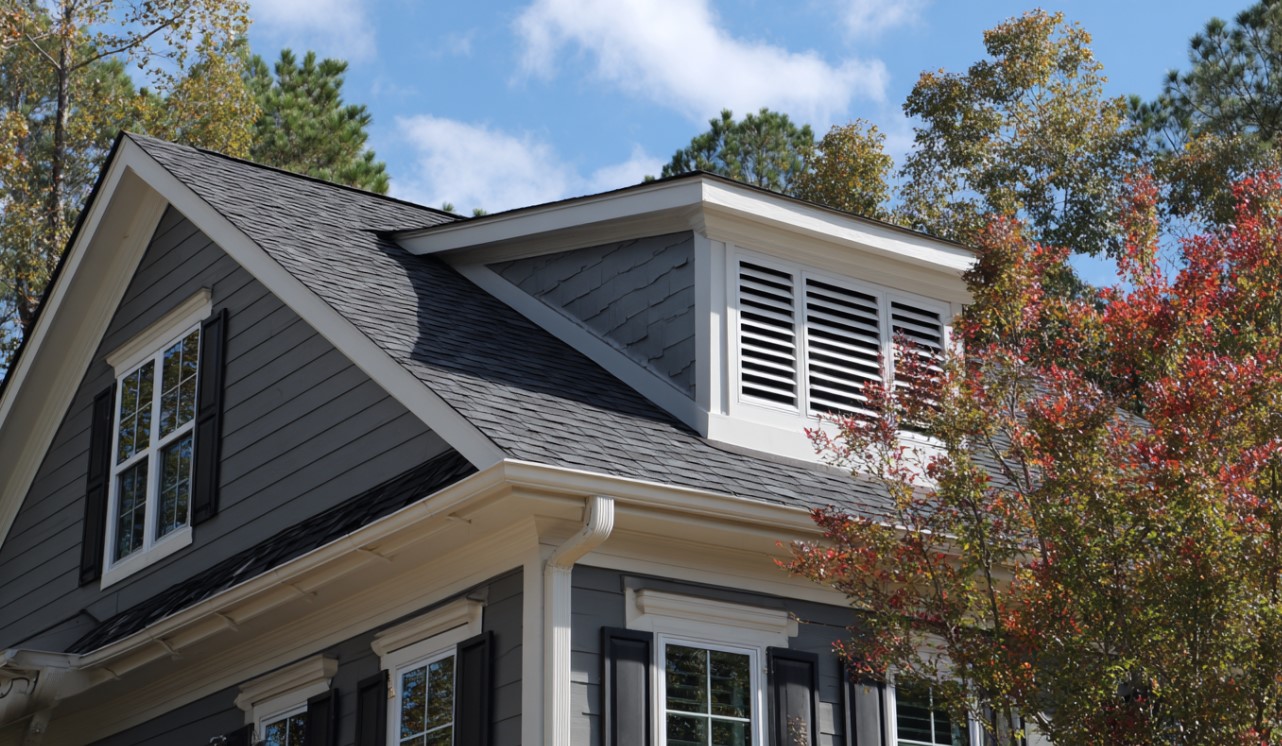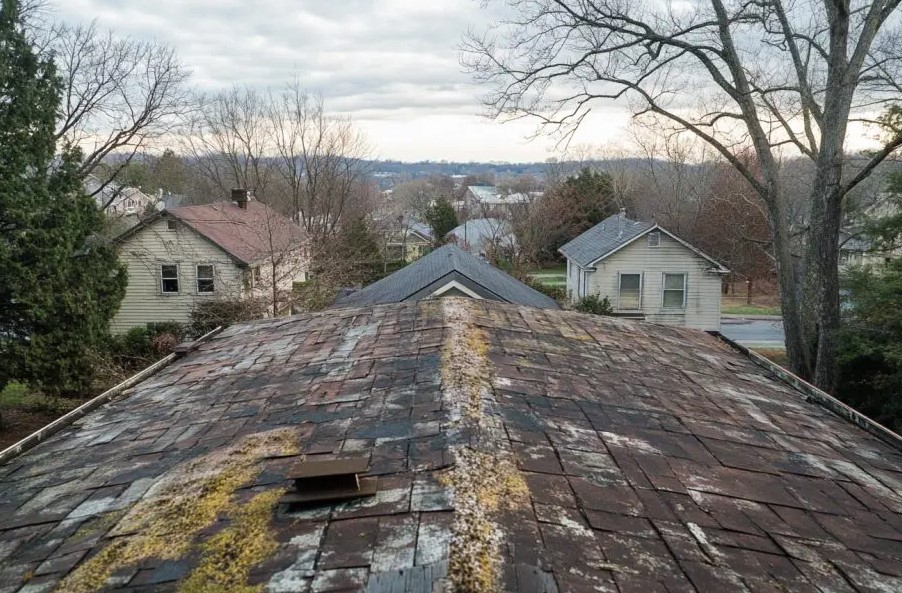The Role of Roof Ventilation in Humid NC Summers
August 18, 2025
•
Written By
Summit Roofing of NC

At Summit Roofing of NC, we’re proud to serve homeowners throughout North Carolina with reliable roofing services constructed to protect what matters most; your home and family. From emergency repairs to flat roofing, asphalt shingles, metal roofing, and several styles of gutters, our team is here to deliver dependable craftsmanship and lasting solutions. One of the most overlooked yet critical elements of a healthy roof system is ventilation; especially in our region’s hot, humid summers.
Good roof ventilation isn’t just about keeping your attic cooler; it plays a key role in preserving your roof’s life span, preventing moisture buildup, and even lowering energy bills. Many homeowners wonder: Do you need roof vent systems in North Carolina? How many roof vents do I need? What roof ventilation options are best for my home? Let’s break it down.
Why Roof Ventilation Matters in Humid NC Summers
North Carolina summers are known for soaring heat and thick humidity. Without proper ventilation, your attic can trap both hot air and moisture. This combination creates a recipe for costly damage:
- Excess Heat: When heat builds up in the attic, it radiates down into your living space. This forces your air conditioning system to work overtime, raising energy costs.
- Moisture & Humidity: Humid air that lingers in the attic can condense on surfaces, leading to mold growth, wood rot, and even weakened roof decking.
- Shingle Damage: Extreme attic heat shortens the life span of asphalt shingles, causing them to curl, crack, or lose granules prematurely.
In short, roof ventilation is about balance—letting hot, moist air escape while allowing fresh air to circulate. That balance is especially important here in the Southeast, where humidity levels stay high for much of the year.
Roof Ventilation Options for North Carolina Homes
Not all roofs are the same, which means ventilation solutions should be tailored to your home’s design and needs. Here are some of the most common roof ventilation options:
- Ridge Vents: Installed along the peak of your roof, ridge vents help hot air to escape evenly across the entire attic. They’re often paired with soffit vents for maximum airflow.
- Soffit Vents: Found under the roof’s eaves, soffit vents let cooler outside air enter the attic, pushing hot air up and out through higher vents.
- Box Vents (Static Vents): These smaller vents are installed in clusters near the ridge line to allow rising hot air to escape.
- Gable Vents: Put on the exterior wall near the roof’s peak, gable vents allow cross ventilation.
- Powered Vents (Attic Fans): Electric or solar-powered fans help to pull hot air out of the attic, offering extra help in particularly large or complex roof systems.
A roofing professional can evaluate your roof design, attic size, and home layout to determine the most effective system for you.
How Many Roof Vents Do I Need?
The number of vents your roof requires depends on your attic’s square footage and the type of ventilation system you choose. A common rule of thumb is 1 square foot of ventilation (both intake and exhaust combined) for every 300 square feet of attic space. However, this isn’t a one-size-fits-all formula.
For example:
- A small ranch-style home might do well with a both soffit and ridge vents.
- A larger home with multiple rooflines may need a mix of ridge, box, or powered vents.
If you’ve been asking yourself, “How many roof vents do I need?” the answer lies in getting a professional roof inspection. An expert can ensure you have the right ratio of intake to exhaust vents to keep airflow consistent. Too few vents can trap heat and moisture, while too many installed incorrectly can disrupt airflow and even cause leaks.
Do You Need Roof Vent Systems in NC?
The short answer is yes. In North Carolina’s climate, roof ventilation isn’t optional—it’s essential. Without it, your home becomes vulnerable to:
- Higher cooling bills in the summer
- Moisture damage and mold growth
- Shortened roof life span
- Ice dams in winter (when trapped attic heat causes uneven snowmelt)
Whether you’re considering a new roof or looking to improve the performance of your existing system, ventilation should be part of the conversation.
Protect Your Home with Summit Roofing of NC
At Summit Roofing of NC, we understand the unique challenges homeowners face in our region’s hot, humid summers. That’s why we don’t just install roofs—we build systems designed for long-term protection and energy efficiency. From asphalt shingles and metal roofing to flat roofing projects, gutters, and emergency repairs, we bring experience, care, and local know-how to every job.
If you’re wondering about roof ventilation options or asking yourself, “Do you need roof vent upgrades?” the best next step is to schedule an inspection. We’ll walk you through your current setup, explain how many roof vents you need, and recommend the best solutions for your home and budget.
Ready to Learn More?
Don’t let North Carolina’s humidity take a toll on your roof or your energy bills. Contact Summit Roofing of NC today to schedule your roof inspection and discover how the right ventilation system can keep your home cooler, drier, and stronger all year long.



